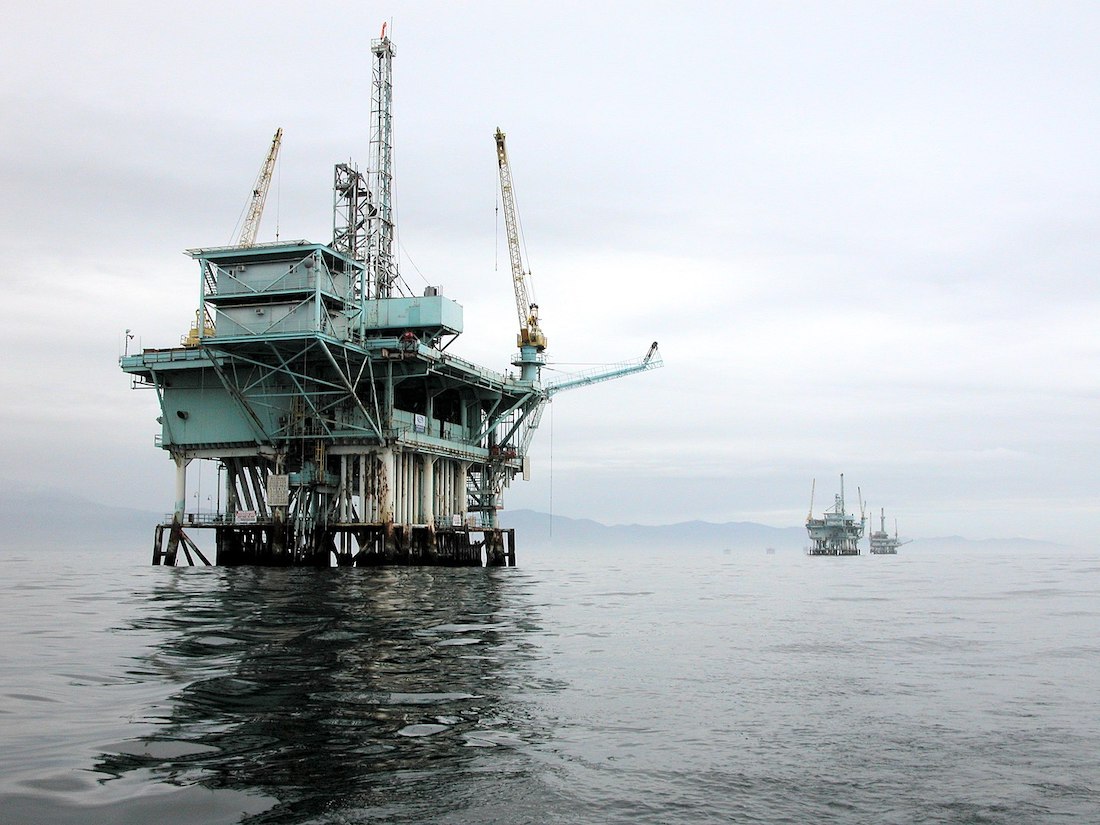Offshore Oil and Gas and the Biden Administration
So far, actions are not living up to the rhetoric

UPDATE! On January 27, the U.S. District Court for the District of Columbia canceled the most recent offshore oil and gas lease sale in the Gulf of Mexico. The court determined the Department of the Interior’s environmental analysis of Lease Sale 257 failed to appropriately account for climate change impacts. The offshore lease sale was the largest in U.S. history and could have resulted in massive greenhouse gas emissions. But the court’s decision canceled the sale and eliminated that threat—at least for now. Going forward, the Department of the Interior must revise its environmental analysis, then decide whether to hold a new lease sale. The climate crisis demands a rapid and just transition to a clean energy future. The Department of the Interior can help to lead the way by properly analyzing the climate impacts of offshore leasing—and deciding not to go forward with this or any other future offshore oil and gas lease sales.
~~~~~~
President Biden started his term with strong words and swift action on the climate crisis and offshore oil and gas activities. Just a week after taking office, he issued an executive order that recognized the climate crisis as a threat to “our ability to live on planet Earth” and called for “bold, progressive action” to combat that crisis. And he backed up his words with action by directing the Department of the Interior to pause all new oil and gas leasing in federal waters (and on federal lands onshore, too).
Since that time, though, the Biden administration’s actions on the climate crisis and offshore drilling have not consistently lived up to the rhetoric. This past November offered up some particularly dizzying contrasts.
President Biden started the month with an address at COP26, the global United Nations Climate Change Conference in Glasgow, Scotland.
In his speech, the president called this a “decisive decade” and called on every nation to do its part “with determination and ambition.”
But just a couple of weeks later, President Biden’s Department of the Interior held a record-breaking offshore oil and gas lease sale in the Gulf of Mexico. According to an assessment by the Center for American Progress, the Gulf of Mexico lease sale could eventually result in the emission of more than 700 million metric tons of carbon dioxide. The sale—reported to be the largest in U.S. history—came about after a federal judge in Louisiana blocked President Biden’s leasing pause. Instead of pursuing legal options to stop the lease sale, the Biden administration simply went ahead with it.
Later in November, the Department of the Interior released its Report on the Federal Oil and Gas Leasing Program. The report, which was originally promised in early summer, proposes commonsense changes to federal policies that govern offshore oil and gas operations. These changes include raising royalty rates to ensure taxpayers see a fair return from industry and considering alternatives to “area-wide leasing,” a policy that makes vast areas of the ocean available for development. These are positive recommendations, and we have long advocated just such reforms.
But (you knew there was a “but” coming, right?), the Department of the Interior’s report hardly mentions climate change at all. Instead of seizing the opportunity to take the “bold, progressive action” that President Biden called for at the beginning of his term, the report largely ignores the role that offshore drilling plays in contributing to climate change. The report also includes statements about making federal oil and gas leasing processes more “inclusive and just,” but fails to explain how it intends to bring that about.
So: what approach will the Biden administration take to offshore oil and gas in the future?
One part of the answer could come in the form of President Biden’s signature on the “Build Back Better Act” that has been haltingly making its way through Congress. The House version of that bill permanently prohibits new offshore oil and gas leasing off the Atlantic, Pacific and eastern Gulf of Mexico coastlines. Right now, the future of the Build Back Better Act is not certain. It still needs to pass the Senate, then go back to the House to accept the final text before it even makes it to the President’s desk. So, we’ll have to wait to see whether the offshore oil and gas leasing bans become law.
Another part of the answer should come in the form of a new offshore oil and gas leasing program. These programs establish a five-year schedule for future offshore oil and gas leases. If a program schedules an offshore lease sale for a certain area of the ocean, the government can consider whether to actually hold that lease sale. If the program does not include a proposed lease sale for a given area of the ocean, no leasing can occur in that area unless and until the program is revised. The existing offshore oil and gas leasing program expires in 2022, so the Department of the Interior will likely begin to prepare a new program for the years 2022 to 2027. In doing so, it should give all of us a better idea of what the Biden administration has planned.
In our view, the answer is clear:
The climate crisis demands a rapid and just transition to a clean energy future. The federal government should offer no additional offshore oil and gas leases. New activities on already-sold leases should be limited and—over the long term—there should be a managed phase-out of all offshore oil and gas operations as we transition to clean energy sources. That’s the future President Biden promised in his first days in office, and that’s the future we must demand in the coming years.